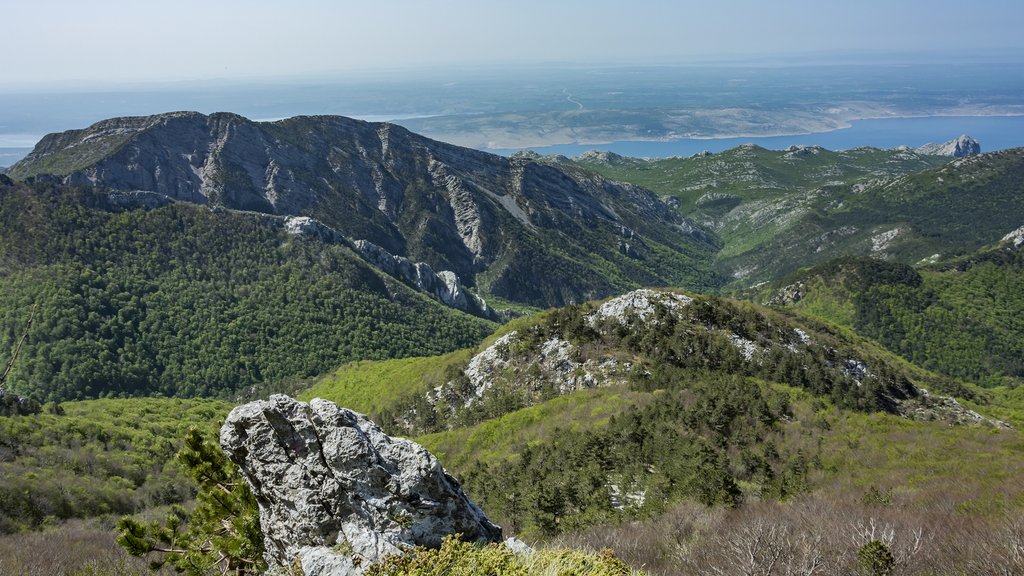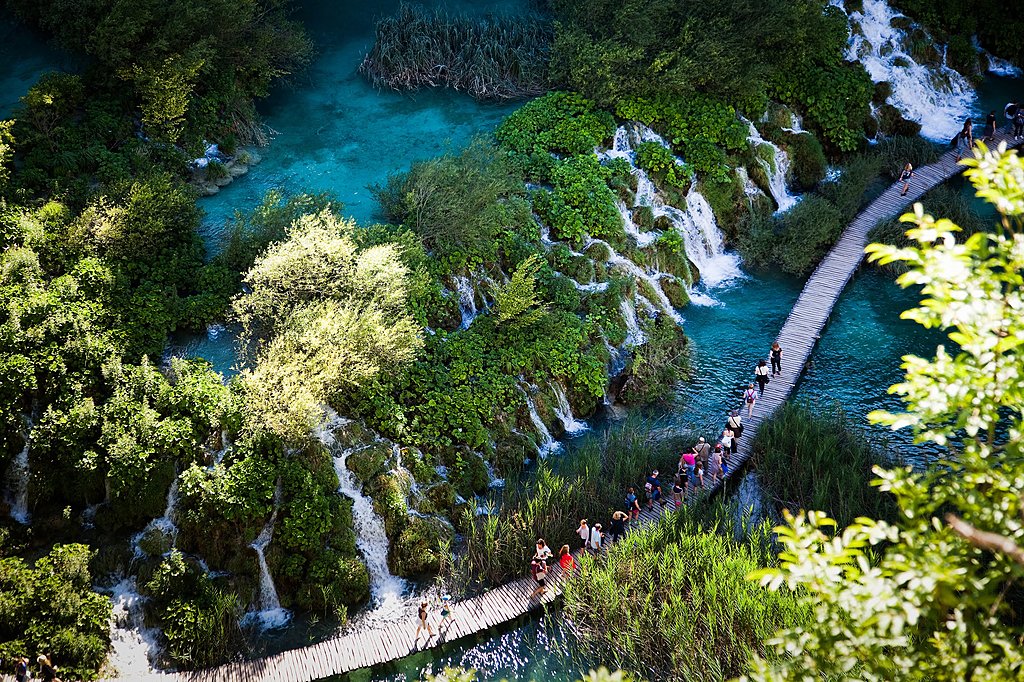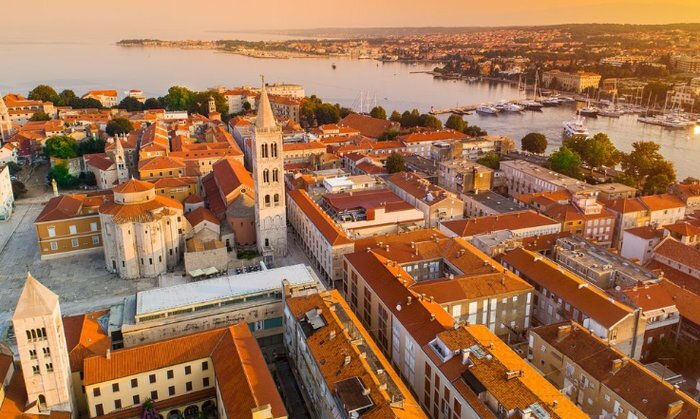Getting Oriented

Zadar is still a hidden gem in terms of Croatian tourism. Locals and regional tourists know the city's secrets, but international travelers seem to skip it in favor of other popular regions, like Istria or Southern Dalmatia. But Zadar is full of rich history, impressive archeology, and some of the best natural surroundings in the entire country, including an archipelago that rivals the islands near Split and Dubrovnik.
Besides sitting on the coast and offering prime sunsets, Zadar gives you access to several national parks, including the popular Plitvice Lakes National Park. But if you want to get ditch the crowds, you can explore the canyons of Paklenica, the islands of Kornati, and the peaks of Sjeverni Velebit, all treasured green spaces nearby.
Further, Zadar blends old and new, offering visitors quirky modern creations like the Sea Organ and the Sun Salutation monument. All in all, Zadar makes an excellent hub for exploring Northern Dalmatia and getting off the beaten path in Croatia.
Zadar's History
It doesn't have the historical reputation of Split or Dubrovnik, but it has impressive roots, with the Illyrian tribe founded Zadar in the 9th century BCE. Since then, the Romans, Venetians, Hungarians, and Slavs have all left their mark, meaning you have a treasure trove to explore.
Discover the Historic Charm of Zadar

The lively seaside city of Zadar offers an abundance of historic charm. Discover influences from various cultures, such as the remains of the 1st-century Roman Forum, the Cathedral of St. Anastasia, and the 9th-century Church of St. Donatus. Explore the entirety of the Old Town with its Venetian remnants (Zadar was the largest fortress of the Venetian Republic), then head out to the waterfront from some modern flare. You'll find the Sun Salutation monument and the Sea Organ, which plays its continuous melody with the power of the sea. Read More
Chat with a local specialist who can help organize your trip.
Get Active
With such a prime location on the coast and surrounded by national parks, Zadar is the perfect hub for outdoor enthusiasts who want to explore Croatia's lesser-known mountains, hills, and islands.
Hike in Paklenica National Park

Conquer the craggy peaks of Peklenica National Park, just outside of Zadar. You'll start in Starigrad and set off on a trek through dense forests filled with black pines and beech trees. Follow a 12-mile loop that takes you through one of Europe's prime rock climbing areas, all under the gaze of the 1,312-foot cliffs of Velika Paklenica. On your way back, stop for a traditional lunch in the one-house village of Ramići. Read More
Paddleboard in Kornati National Park

Kornati's archipelago includes 140 islands, the perfect environment for exploring on a stand-up paddleboard (SUP). You'll first enjoy an introductory course to get comfortable with balancing on your board, then you'll head out along the smooth channels of the Adriatic. Along the way, pass jagged cliffs, idyllic coves, and pebbled beaches. Stop at an island or two to discover treasures, such as the 70-year-old stone movie-set village on Mana Island. Read More
Sail the Kornati Islands

Discover the unique beauty of the Kornati Islands, an archipelago consisting of about 90 or so "drops" of barren land. You'll sail around them, enjoying views of secluded coves (some worth a stop for swimming or snorkeling) and crystal-clear waters exposing reefs buzzing with life. Highlights include the Tureta Fort from the Illyrian period, the rock formations of Klobučar, Mana, and Rašip Veli islands, and Lojena Beach on Levrnaka Island. Read More
Take a Day Trip
Again, Zadar is an excellent hub, especially if you want to add Croatia's most popular nature park to your itinerary, Plitvice Lakes National Park.
Day Trip to Plitvice Lakes

Plitvice Lakes National Park is the oldest and most popular in Croatia, and for a good reason. This fairytale-like natural oasis offers 16 emerald lakes, 90 powerful cascades, several caves, and dense forests. It's a great day trip or overnight excursion from multiple places in the country at any time of the year. Luckily, Zadar isn't far, so you can easily spend a half or full day at Plitvice, enjoying a picnic lunch amongst serene nature. Read More
How to Craft the Perfect Zadar Itinerary

Adding Zadar to a Croatian itinerary is fairly easy, as it conveniently sits between Istria and Zagreb to the north and Split to the south. So, if you're making your way up or down the coast, you can stop in Zadar for a few nights and explore the surrounding area. To visit the city itself, you really only need one day. But if you'd like to use Zadar as a hub, plan for 3 full days so you can visit a few of the national parks and have time to enjoy the city.
If you'd like to include Zadar into a larger itinerary, some popular combinations include Istria, Zadar, Split; Zagreb, Zadar, Split, Dubrovnik; and Zadar, Split, Dubrovnik. How much time you spend in Croatia depends on what you want to see at each destination, so give yourself 1-2 weeks to make the most out of your time.
Past kimkim travelers have enjoyed the following itineraries that include experiences in and around Zadar:
